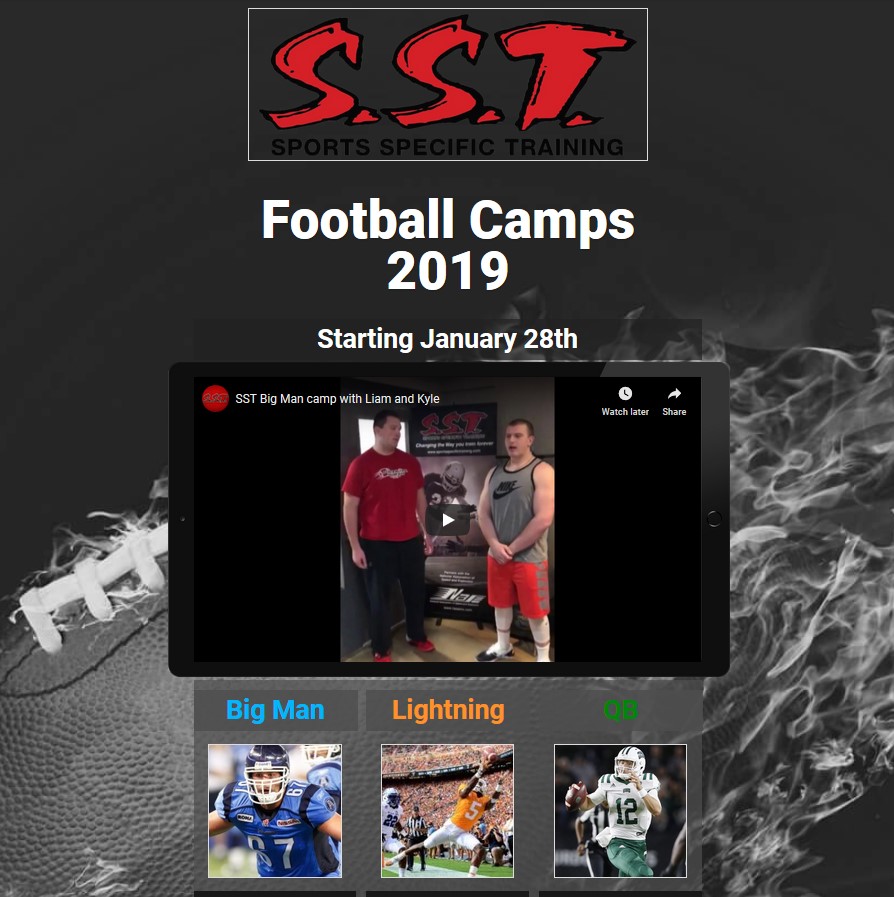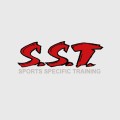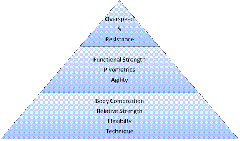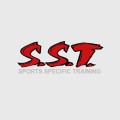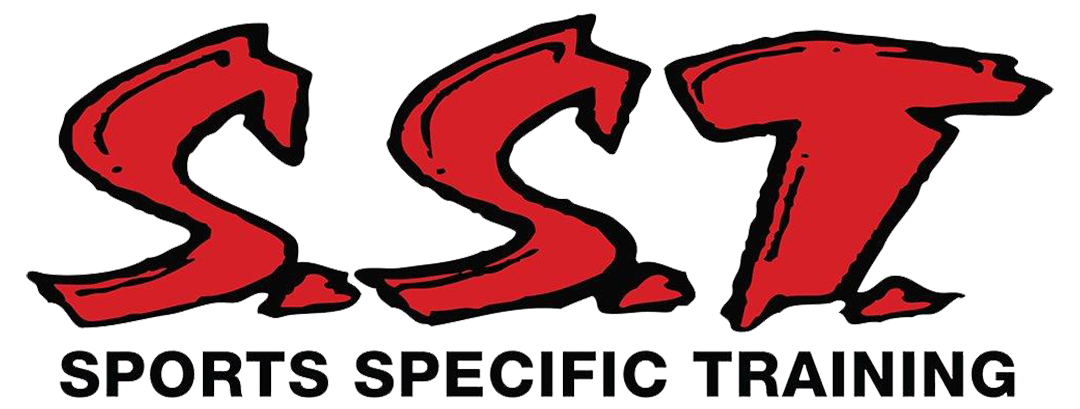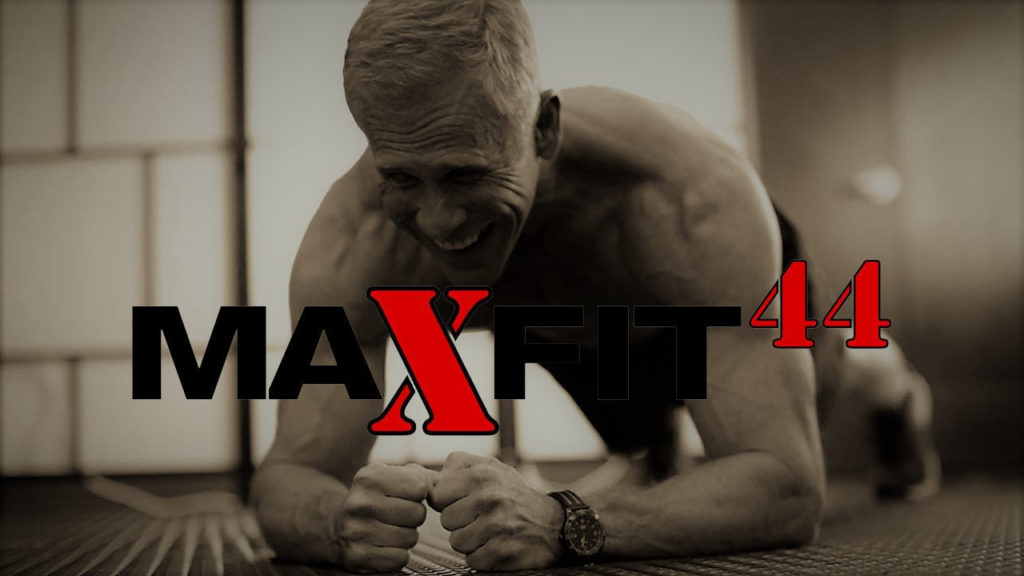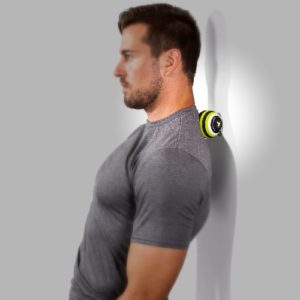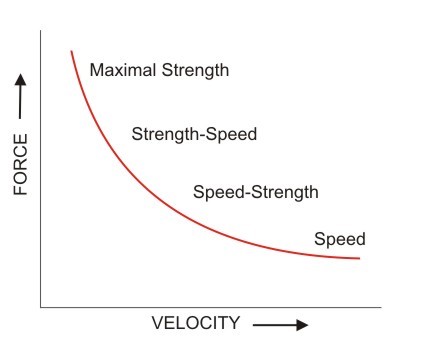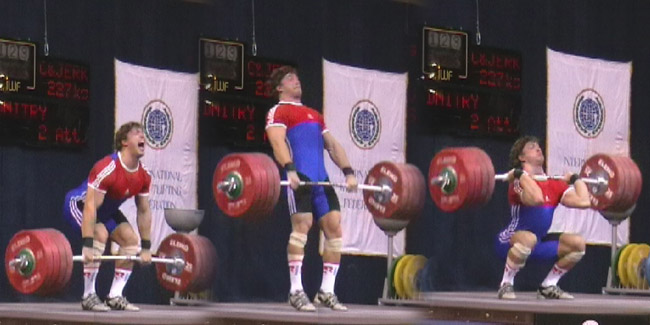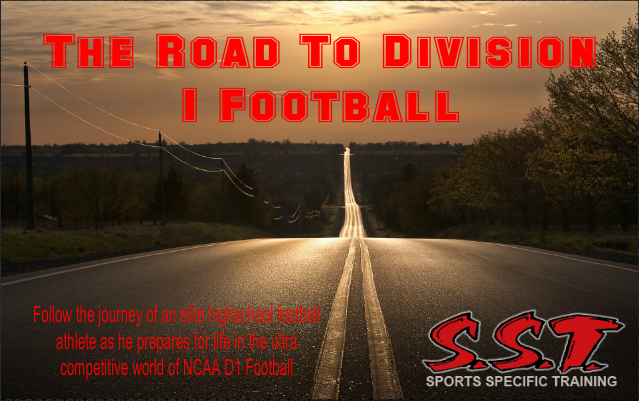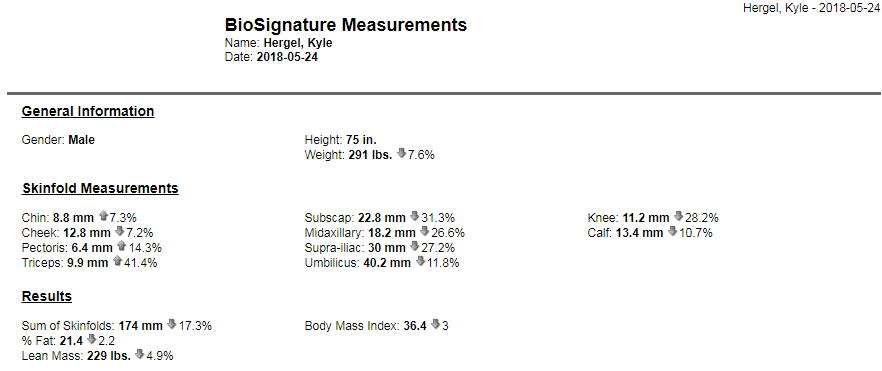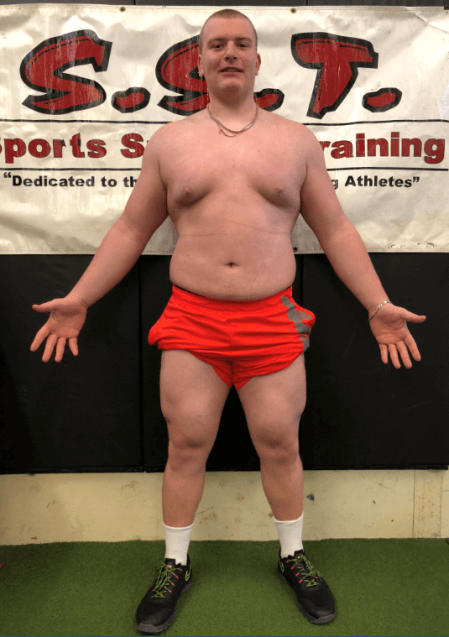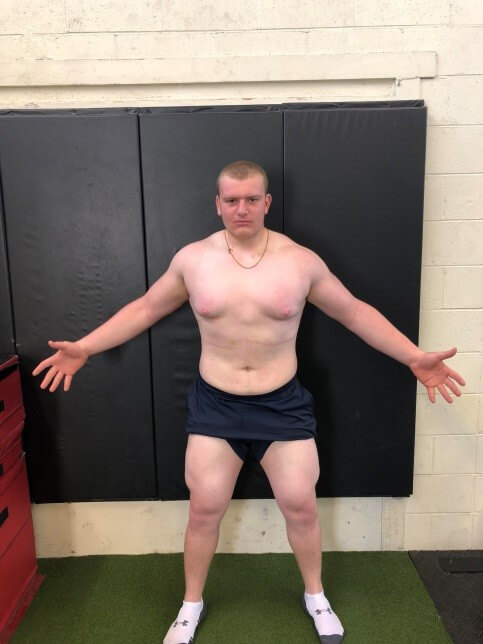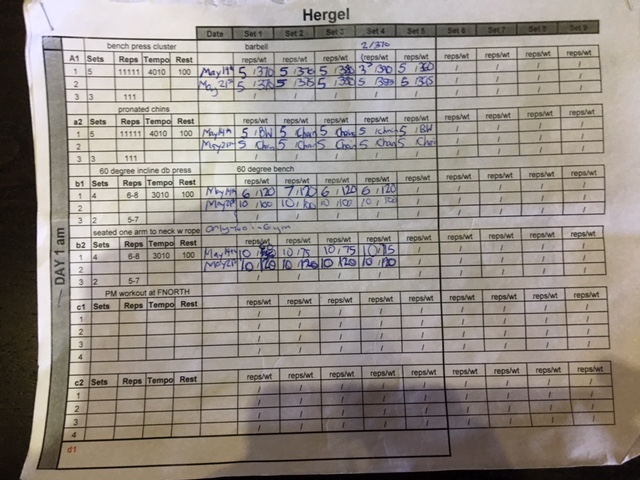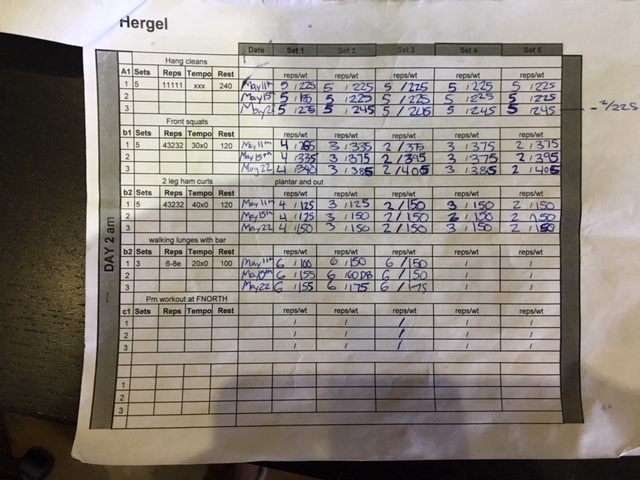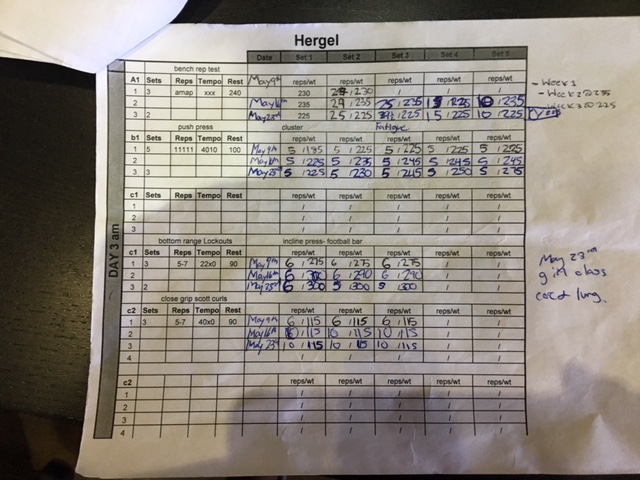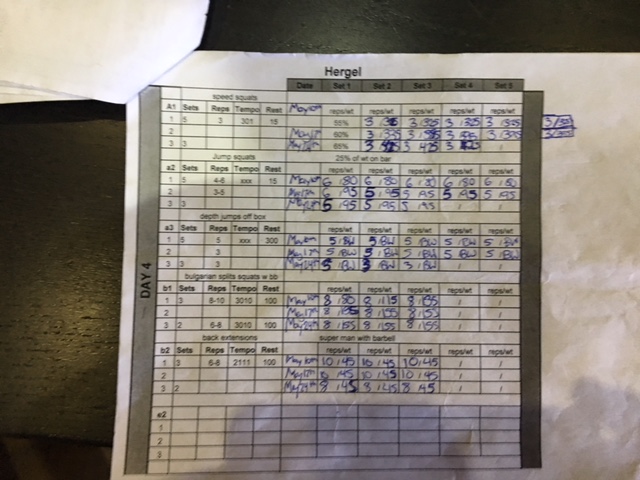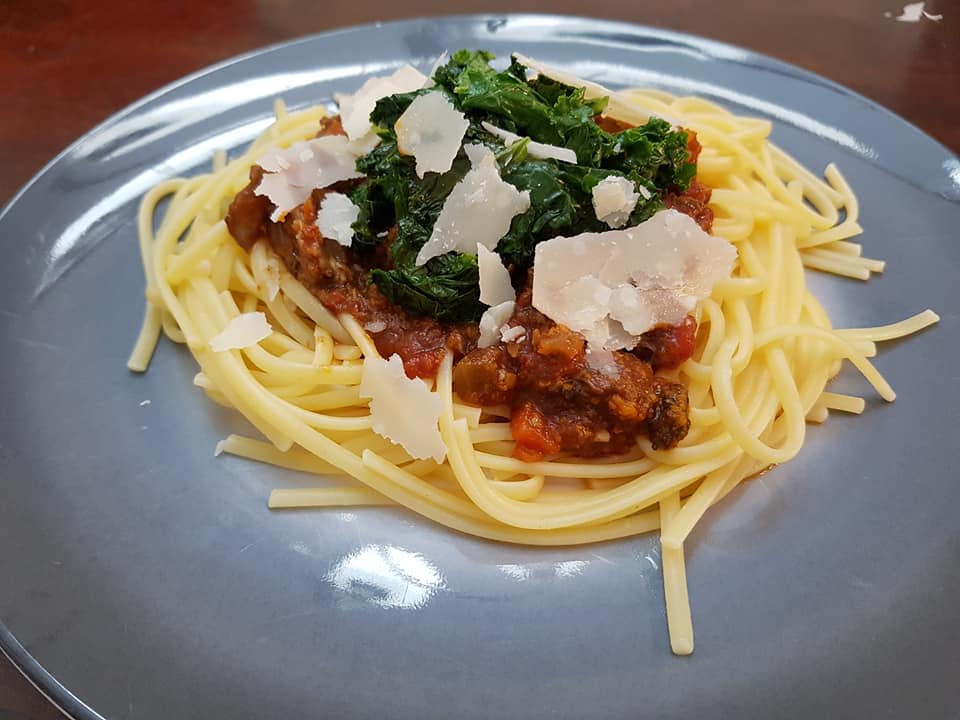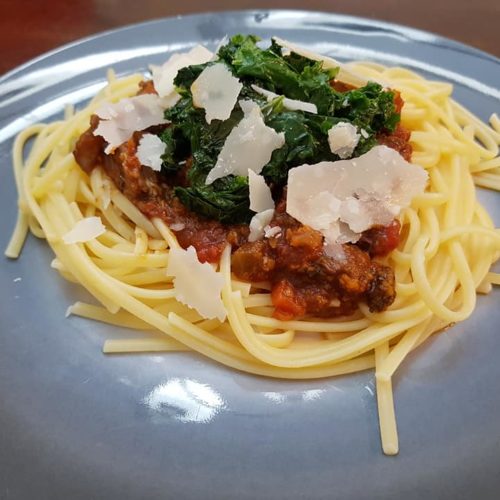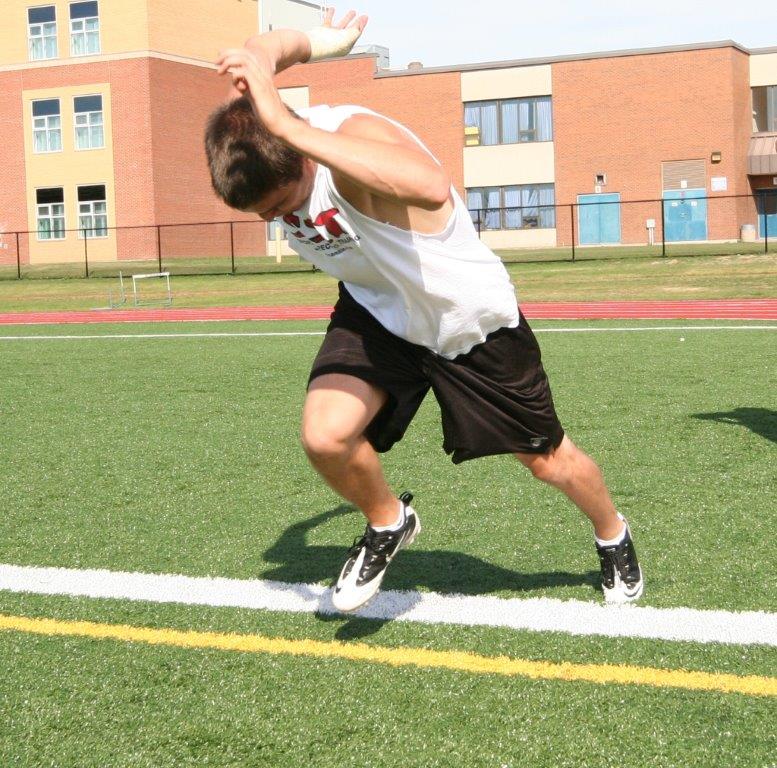
FUNCTIONAL APPLIED SPEED TRAINING (F.A.S.T)
The SST “F.A.S.T” 8 Pillars for Developing Speed Part 1
What is the Holy Grail of all sports performance? SPEED! Learn methods of training other than the ordinary A and B skips for speed development. Is there anything more rewarding than watching one of your athletes run sub 4.5s in the forty or vertical jump over 35 inches at an NHL camp?
When an athlete starts training with SST, the most common question is, “Will I improve my speed?” Of course, we are honest and tell them that not everyone has the genetics to be a 100m champion and that they should set their expectations to be realistic. However, most athletes haven’t even scratched the surface of their potential. At SST we have our 8 Pillars to improve an athlete’s speed. If an athlete can improve one area there will be some improvement in their speed … but if they can improve them all, the results are outstanding!
Football Camps 2019 – Register now!
The SST “FAST” 8 Pillars for Developing Speed include:
- Body Composition
- Strength and Power Training
- Flexibility
- Technique
- Functional Strength
- Overspeed and Resistance training
- Plyometrics
- Lateral and Agility
In this article we will touch on the first four pillars that are your foundation, or base, of your athletic triangle:
1. Body Composition
If an athlete is carrying too much body fat, their speed will be limited. Think about this for a second … put on a weighted vest with only 10lbs and perform a sprint … big difference! Yes, due to the fact that you are carrying DEAD WEIGHT!
Every sport (and even different positions in the same sport) has its own range for optimal body fat. An Offensive Lineman and a hockey center obviously have different physiques. The fact remains that muscle makes your body move, but fat slows you down. The way to improve body composition is through a clean diet and interval training. SST does not recommend rhythmical Cardio as it is counterproductive to speed development.
2. Strength & Power
Newton’s 3rd Law of motion:
“For every action, there is an equal and opposite reaction”
Your ability to initiate force into the ground is what makes you fast! The first 30 yards in a sprint is directly correlated to your strength levels and how much force you can produce into the ground. The term relative strength refers to your strength levels compared to your body weight. This quality of relative strength is most relevant to speed because it refers to your ability to move your own weight the fastest. Relative strength is so important because increasing absolute strength without any regard to body composition does not guarantee increased speed. An example is a powerlifter who generates a ton of absolute strength with no care for their own body composition nor the speed of the movement. We want FAST athletes not just big and strong. Think of it another way … we can make a huge car with a bigger engine but wouldn’t it be better to keep the car weight the same and increase the horsepower of that engine?
If we can produce more power into the ground, our equal and opposite reaction will be our athlete moving faster across that ground! Thus, being on a structured, periodized strength training program will go a long way to increasing your speed. Make sure that you plan your program properly around generating more force and eliminating weak links in your kinetic chain!
3. Flexibility
Flexibility is often the most overlooked aspect of speed training. If you ask a 16-year-old athlete if they work on their flexibility, they’ll usually tell you that they stretch before practice. Research has actually discovered that static stretching before a workout or game decreases speed! Sayer, et al discovered that there was a significant difference in the acceleration phase between the stretch and non-stretch groups. What is the acceleration phase? … it’s the part of a sprint when a player goes from a standing start to full speed – somewhere around 20 meters. The study also found that static stretching diminishes maximal velocity! It was discovered that an athlete could lose up to 0.39 seconds after static stretching and with sprints lasting only 4-5 seconds, this is SIGNIFICANT!
Static stretching is not what we refer to when we say flexibility training. Our athletes take 10-15 minutes before workouts or speed sessions performing dynamic flexibility and mobility drills.
We, at SST, have come up with BAND DYNAMIC PNF stretching. After a 10 minute warm-up, band stretching should be performed for 10 minutes prior to the workout. Hold your stretches for 6-10 seconds, and try and hit as many different angles as possible to work on different muscle fibers. You need to spend 5-6 days a week trying to improve this area.
4. Technique
Many coaches out there will spend most of their time on this quality and yes, it is a very important pillar, but it is not the be all and end all that some coaches think it is. Over the years I have spent a majority of time on technique neglecting other base qualities and my athlete’s performance suffered. As strength coaches, most of us will not be working with 100m Olympic sprinters, this technique should not be overanalyzed with athletes such as hockey players, football players, soccer players, etc.
It is, however, important to learn proper running fundamentals for both straight ahead speed, as well as for changing directions. If you are wasting movement you’re wasting time, so spend some time with a coach who can correct your errors. It is a waste of time to go out and practice running if your form is wrong. Remember it’s not practice makes perfect … its perfect practice makes perfect.
Larry Jusdanis is the owners of Sports Specific Training Burlington. SST has trained thousands of athletes from a variety of sports. SST’s no-nonsense approach to training has been used by thousands of athletes from a variety of sports all over the nation!
